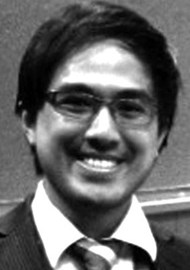This article reviews the use of neuroprosthetic devices such as cochlear and auditory brainstem implants (ABI) to stimulate the auditory pathway, discussing the successes, limitations and advances in this area. Currently, neuroprosthetic devices deliver electrical impulses to the cochlear nerve or cochlear nucleus neurons in the brainstem. Cochlear implants (CI) have been an immensely successful neuroprosthetic device, giving patients with severe to profound hearing loss speech recognition and awareness of different sound intensity. Despite its successes, the multi-channel electrodes of CIs do not replicate nearly 30,000 spiral ganglion neurons, which are frequency specific. Electrical stimulation causes a spread of current leading to broad activation of neurons. Light based neuromodulation has been proposed as a solution to this problem as light can be spatially focused and thus stimulate more frequency specific information. Infrared light stimulation has been researched in animal models and, although initially promising, subsequent studies suggested that responses generated by infrared stimulation were likely to be photoacoustic artefact as no central activity was found when hair cells were non-functional. Work is on-going looking at optogenetic methods where cells are genetically modified to express light-activated opsin protein channels. By using visible-spectrum light to stimulate light sensitive cells, spread of excitation could be reduced and is a technique with less energy requirement compared to infrared stimulation. Spatial selectivity has also been shown to be superior with optogenetic activation when compared with electrically stimulated cochlear implants in animal models. Although work in optogenetics has been mostly in animal models and is relatively new, there are already clinical trials looking at optogenetics to restore rudimentary vision in patients with retinitis pigmentosa. This is an exciting area and one to look out for in the future.




